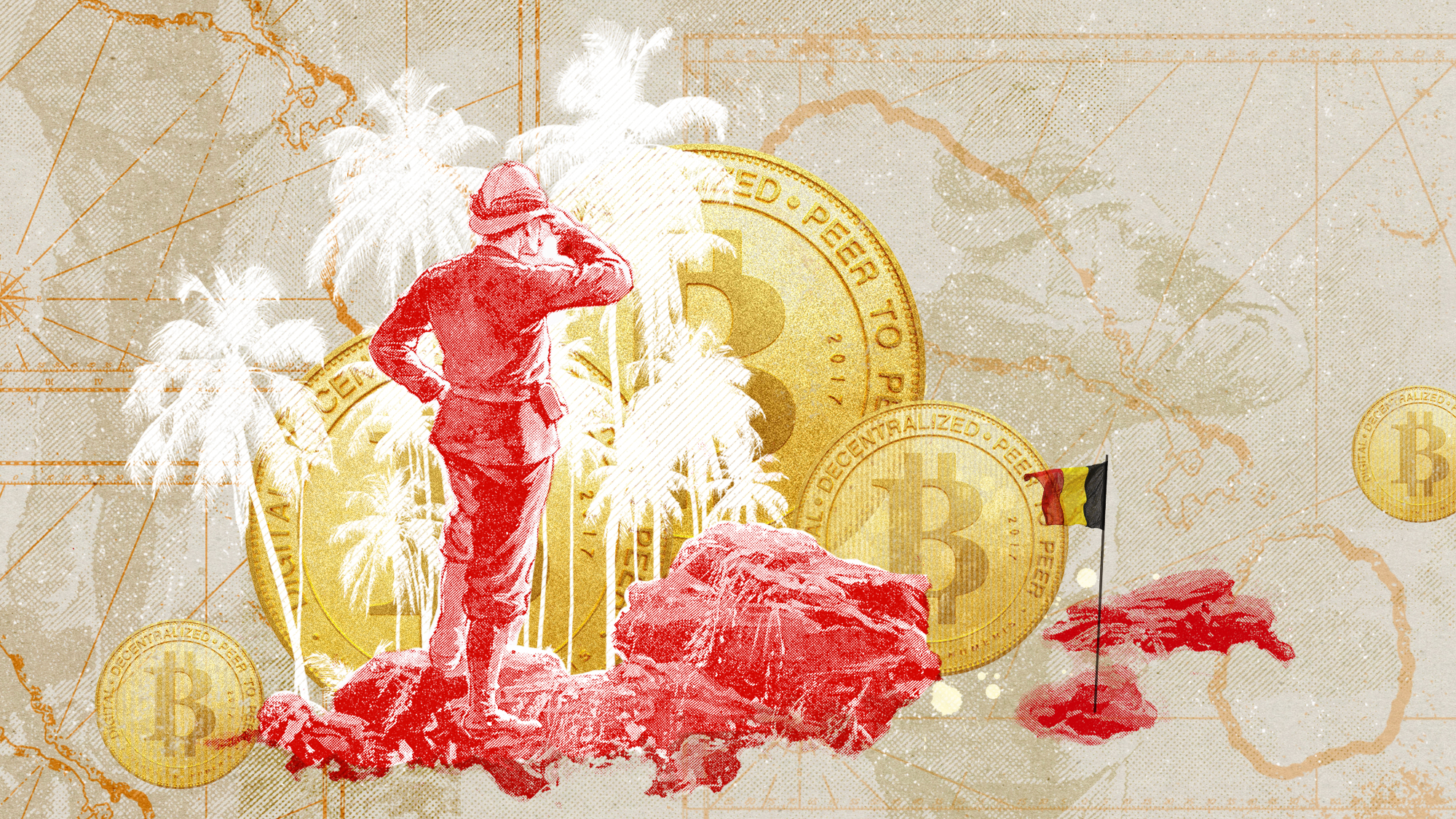India's massive, record-setting blackout: 5 talking points
About 670 million Indians — nearly 10 percent of the world's population — were left in the dark in a stinging embarrassment for the rising economic power

India experienced massive blackouts earlier this week, forcing some 670 million people in the northern and eastern parts of the country to go without power. "It was the largest blackout in global history in terms of the number of people affected — about 10 percent of the world population," say Simon Denyer and Rama Lakshmi at The Washington Post. Indian officials say power has now been restored across much of the country, but the government is coming under a flood of criticism for failing to update India's creaky, outdated energy infrastructure, which has long been considered an enormous obstacle to India's ambition of becoming an Asian economic powerhouse alongside China. Here, five takeaways from the world's largest-ever blackout:
1. The blackout extended from coast to coast
No area of northern India was spared, with the blackout stretching from the country's eastern border with Myanmar to its western border with Pakistan. Even though 300 million Indians don't have access to electricity even on a good day, and blackouts are so common that many businesses and homes are powered with diesel generators, the blackout was still a disaster. Traffic lights went out at intersections, causing chaos on the roads, while India's train system shuddered to a halt, leaving passengers stranded for hours.
The Week
Escape your echo chamber. Get the facts behind the news, plus analysis from multiple perspectives.

Sign up for The Week's Free Newsletters
From our morning news briefing to a weekly Good News Newsletter, get the best of The Week delivered directly to your inbox.
From our morning news briefing to a weekly Good News Newsletter, get the best of The Week delivered directly to your inbox.
2. The precise cause of the blackout is in dispute…
Federal officials blame individual states for taking more than their allotted portion of electricity. State officials retort that the federal government is responsible for monitoring the system and ensuring that everything is in order. Either way, three interconnected power grids suddenly shut down. The country's electrical grid has been compared to "a whole bunch of rubber bands," meaning it's unclear which ones are stretched to the limit and could snap at any moment.
3. …But the overarching cause couldn't be clearer
"There is no mystery to the darkness in India, say Harsh Joshi and Duncan Mavin at The Wall Street Journal: The country simply doesn't produce enough energy to keep up with rising demand, forcing the government to conduct rolling blackouts throughout India to preserve electricity. "And with per capita energy consumption expected to double by 2020," says National Geographic, "India needs urgently to generate more power and deliver it more efficiently."
A free daily email with the biggest news stories of the day – and the best features from TheWeek.com
4. This is a humiliation for the country
"Superpower India, RIP" read a headline in India's The Economic Times. Obviously, this crisis has "reinforced concerns that industry leaders had been raising for years," say Denyer and Lakshmi: "That the nation's horribly inefficient power sector could undermine its long-term economic ambitions." The blackout also put a spotlight on the myriad problems that have prevented the government from improving its energy sector, including the electricity subsidies used to buy votes, rampant corruption in the utility industry, and a knot of cumbersome regulations that scare away private investment.
5. India must reform
India must make bold moves if it ever wants to modernize its energy infrastructure, says Amol Sharma at The Wall Street Journal. The federal government must rein in states that draw more than their allotted share of power; raise the price of power, even if it's politically unpopular; develop its own sources of energy, like coal and nuclear; and allow more private companies to invest in the country's creaky, top-down utility sector. "India will get the lights back on," say Joshi and Mavin. "But there is no simple flick of the switch that can power up India's fortunes."
Sources: CNN, National Geographic, The New York Times (2), The Wall Street Journal (2), The Washington Post
-
 The small Caribbean island courting crypto billions
The small Caribbean island courting crypto billionsUnder the Radar Crypto mogul Olivier Janssens plans to create a libertarian utopia on Nevis
-
 Political cartoons for December 21
Political cartoons for December 21Cartoons Sunday’s political cartoons include Christmas movies, AI sermons, and more
-
 A luxury walking tour in Western Australia
A luxury walking tour in Western AustraliaThe Week Recommends Walk through an ‘ancient forest’ and listen to the ‘gentle hushing’ of the upper canopy